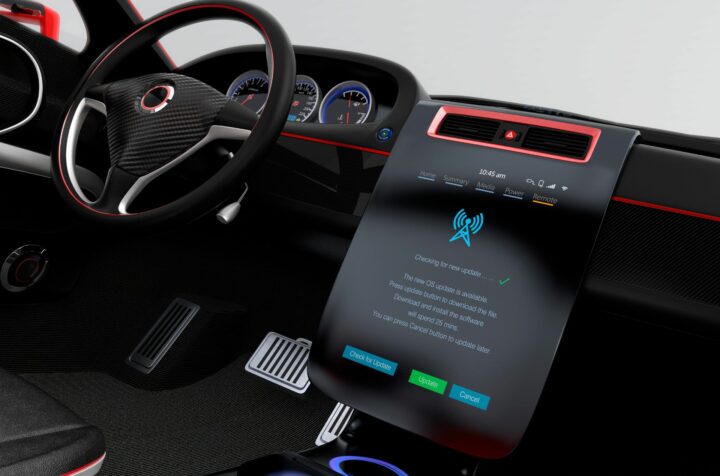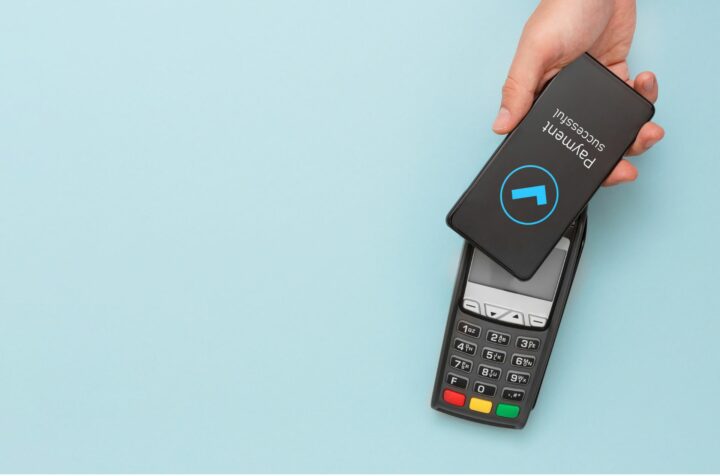“Great things are done by a series of small things done together.”
– Vincent van Gogh
This past year has proven how vulnerable traditional retailers are to one simple thing: Not having people shop at their place of business.
The coronavirus pandemic, combined with increased online competition, has greatly affected the entire retail industry. 2021 will be no different – especially as lockdowns and social distancing rapidly change shopper’s behavior. Even those who were once skeptical about online shopping are now having to embrace it – and are seeing its benefits. This won’t change once the pandemic is over.
For retailers, this presents a huge challenge. And a huge opportunity.
It’s all about the experience and the journey
Consumers now expect far more than a pleasant in-store environment. They’re looking for a truly interconnected experience. This is where omnichannel commerce (or retail) comes into its own.
By supplying a seamless, connected, and personalized experience for your customers – whether they’re on their smartphones while traveling, looking at a website at home, or enjoying an augmented reality display in your store – omnichannel lets you extend your reach, create a unified brand, a single message, and a unique user experience. All while ensuring you can offer effective, time-saving solutions that are streamlined to keep costs down.
Providing this experience is no longer a good to have, it’s a must-do. And it must be digital.
Pandemic lockdowns have brought this need into sharp focus.
The benefits of a unified solution
Yesterday, if a customer visited your store for that new product only to find out it was out of stock, you’d only have a couple of options. Order it for them – so they could pick it up at a later date – or see if another of your stores had it. If they did, they either sent it to you (more delays) or the customer had to (inconveniently) travel to the other store.
Today, with omnichannel, they’ll pull out their phone, scan the QR-Code next to where the product was, or look it up on your website or app, and order it. They’ll receive a confirmation email and know it’ll be delivered to their home when they’ll be there – or to be picked up at your store. If your logistics are working well, they’ll get it within the next business day.
The top omnichannel trends for 2021
“Knowing is not enough; we must apply. Wishing is not enough; we must do.”
-Johann Wolfgang Von Goethe
Click & Collect
One of the most successful processes during pandemic lockdowns was Click & Collect, also referred to as buy online, pick up in-store (BOPIS). Growing in popularity for years, Click & Collect is all about ordering your goods online to be collected from an in-store location. Restaurants, in particular, have benefited from this during the lockdown.
This doesn’t mean the retailer has a comprehensive online store, just that their in-store inventory is viewable in real-time so that a customer can see what is actually in stock.
After placing an order, the goods are sent to the shop chosen by the customer, who could pick up their order from an employee or a self-service terminal – with no need to stand at a check-out.
While an excellent choice during the pandemic, Click & Collect has been particularly popular during holiday periods, where customers are concerned that they may miss an item. Additionally, during non-lockdown times, 75% of shoppers using Click & Collect were, according to a study by ChargeItSpot, more likely to buy something else while in your store. It’s also seen as an effective way to reduce costs with no need to package the goods and fewer delivery costs.
Video / Virtual Shopping
With video shopping, your customers receive the human touch when shopping online as you easily promote and sell your products. This not only ensures a salesperson is talking directly with a customer at a critical decision-making point, but that the customer can make a purchase right then. If they don’t buy at that point, they can be directed to areas of further information. Their details can be logged, and further appointments planned. And during lockdowns, it’s a way to use your staff as they can work remotely.
Whether just for recommending products, doing a hard sell, or providing a truly ‘curated shopping’ experience, video can be a powerful omnichannel tool that helps increase customer loyalty while extending your reach through social media, influencers, and brand ambassadors.
This is especially true when looking at influencer-led selling via social media. Rather than your employee, a social media personality can be used to promote specific products. As with any traditional advertising you can then closely and accurately check sales across all platforms once the video goes live.
Another omnichannel-led use of video is shoppable video. Beyond clicking on a static image to purchase a product when visiting your online store, or on your app, video can be used in the same way – to highlight the product (and its quality) and dynamically engage with consumers. And unlike a traditional advertisement that they’d normally block, this is specific to the product they were interested in and if it’s on social media, it’s easy to share, and easy to measure conversions.
As with many things omnichannel, it’s best not to keep waiting. A recent Bloomberg report says that online shopping via video in China is set to grow to 20%. The rest of the world will be catching up quickly.
Mobile optimization
This might sound unbelievable (not) but 95% of Gen Z have a smartphone and 25% of them had one before they turned 10! It’s no surprise then that they use their phones for nearly all of their online transactions. This isn’t much different with Millennials (and gradually closing the gap are Gen X and Baby Boomers). Being mobile and online, whether with your phone or tablet, is mainstream.
For any retailer not placing more emphasis on optimizing their mobile apps and ensuring their websites are mobile-friendly, they’ll miss potential business and engagement.
It should be an essential element of any omnichannel strategy. One way of doing this is through Progressive Web Apps, which make a website more ‘app-like’, while supplying a variety of features from push notifications to GPS tracking. This makes the user experience more seamless, faster, and secure, which can only increase customer satisfaction. It also gives you more touchpoints and a stable way to boost mobile conversions.
Hyper personalization
It’s proven that a customer will pay more for a better customer experience. Additionally, today’s customers are far better informed than ever before and have multiple sources of information to draw from, which means expectations are higher.
With omnichannel personalization, all data collected about a customer across all digital channels can be used to create consistent, specific, and uniquely (hyper) personalized experiences – in real-time – whether you’re sending out content or promoting a product or service.
Maximizing this customer experience across channels can be achieved with tools to track behavior and give instant suggestions in real-time and/or to fully develop your overall solution. Another method is to bring this varied and disparate data together by using customer data platforms, which create a 360-degree view of the customer’s journey across your touchpoints by using a combination of data analytics, artificial intelligence, and machine learning.
Such tools can let you push appropriate solutions and provide a highly individualized and positive user experience.
“In the middle of every difficulty lies opportunity.”
-Albert Einstein
If the coronavirus pandemic has proven anything, it’s that business was unprepared for such widespread disruption. Many online businesses have thrived, as have some ‘essential’ bricks & mortar retailers. But sadly, many others have permanently closed their doors.
Lessons have been learned. Especially the need to increase your footprint beyond your store(s) and gain a greater understanding of ‘how’ your customers use their devices and other channels throughout their purchasing journey – making their experience as personal and convenient as possible. It’s essential if you want to keep customers for the long-term.
No less important is putting processes in place that give you a comprehensive overview of your stock and its availability, helping to minimize supply-chain issues.
Also, providing more ways to buy your goods or services is a good thing. It’s this connected digital strategy, combined with tested processes, which can mitigate losses when people cannot come to your store.
Omnichannel is the answer.








